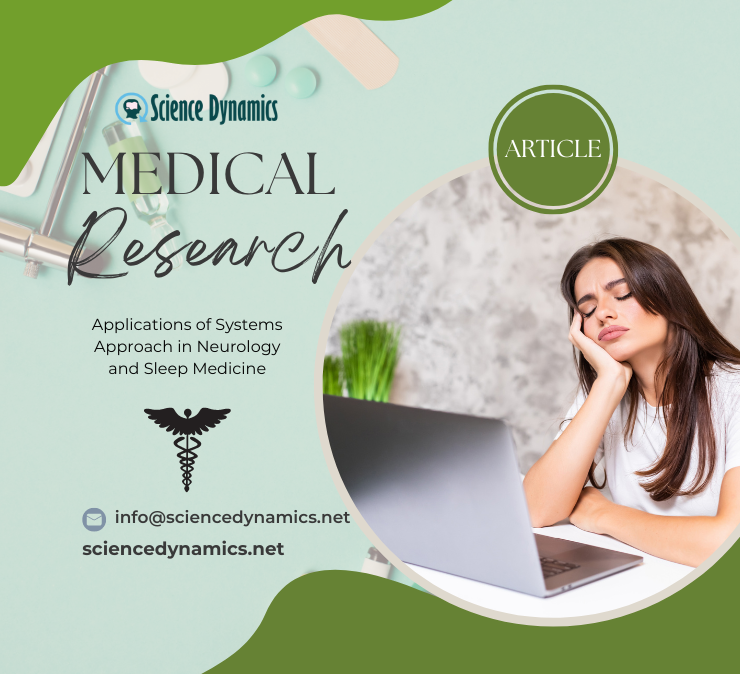Volejte
+ 420 603 40 77 11
Science Dynamics
Zobrazení: 4863



scientific research article
Idiopathic hypersomnia years after the diagnosis
Aims of the study: Little attention has been paid to the long-term development of idiopathic hypersomnia symptoms and idiopathic hypersomnia comorbidities. The aim of this study was to describe the general health of patients with idiopathic hypersomnia years after the initial diagnosis, focusing on current subjective hypersomnolence and the presence of its other possible causes.
- Idiopathic Hypersomnia
- Depression
- Factor analysis
Material and Methods: Adult patients diagnosed with idiopathic hypersomnia ≥ 3 years ago at sleep centres in Prague and Kosice were invited to participate in this study. A total of 60 patients were examined (age 47.3 ± SD = 13.2 years, 66.7% women). In all participants, their hypersomnolence could not be explained by any other cause but idiopathic hypersomnia at the time of diagnosis.
Results: The mean duration of follow-up was 9.8 + 8.0 years. Fifty patients (83%) reported persisting hypersomnolence, but only 33 (55%) had no other disease that could also explain the patient's excessive daytime sleepiness and/or prolonged sleep. In two patients (3%), the diagnosis in the meantime had changed to narcolepsy type 2, and 15 patients (25%) had developed a disease or diseases potentially causing hypersomnolence since the initial diagnosis. Complete hypersomnolence resolution without stimulant treatment lasting longer than 6 months was reported by 10 patients (17%).
Conclusion: To conclude, in a longer interval from the diagnosis of idiopathic hypersomnia, hypersomnolence may disappear or may theoretically be explained by another newly developed disease, or the diagnosis may be changed to narcolepsy type 2. Thus, after 9.8 years, only 55% of the examined patients with idiopathic hypersomnia had a typical clinical picture of idiopathic hypersomnia without doubts about the cause of the current hypersomnolence.


